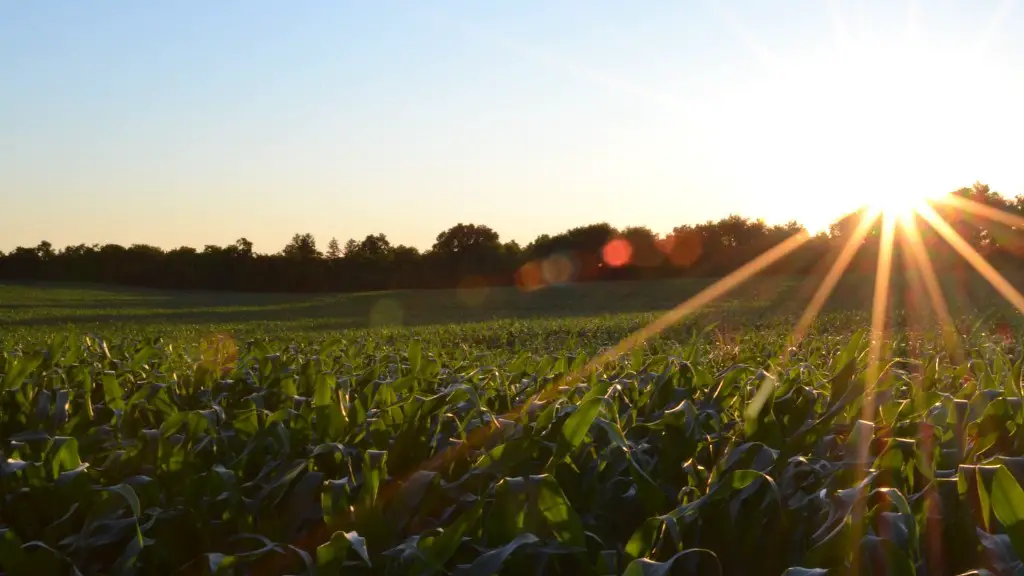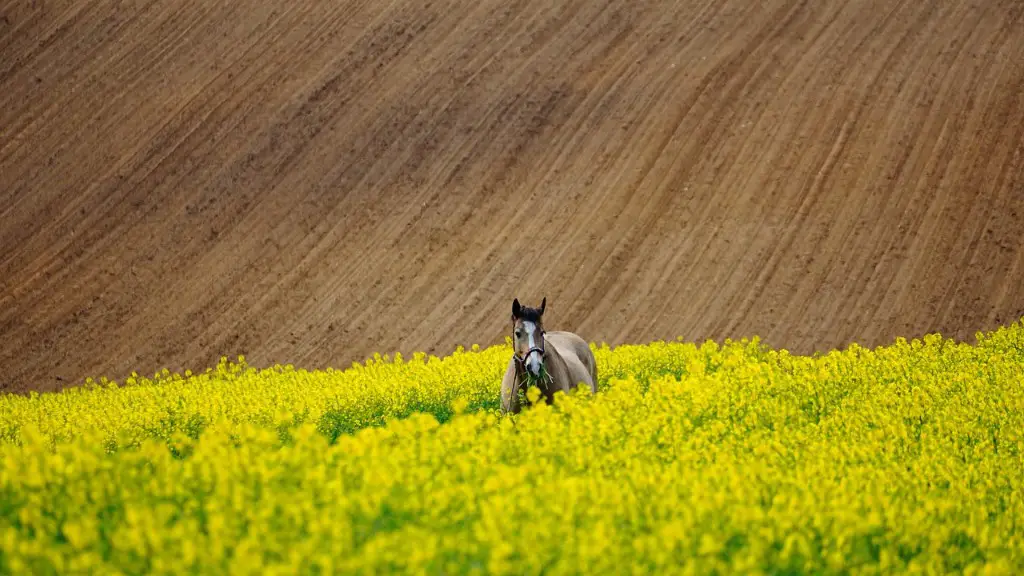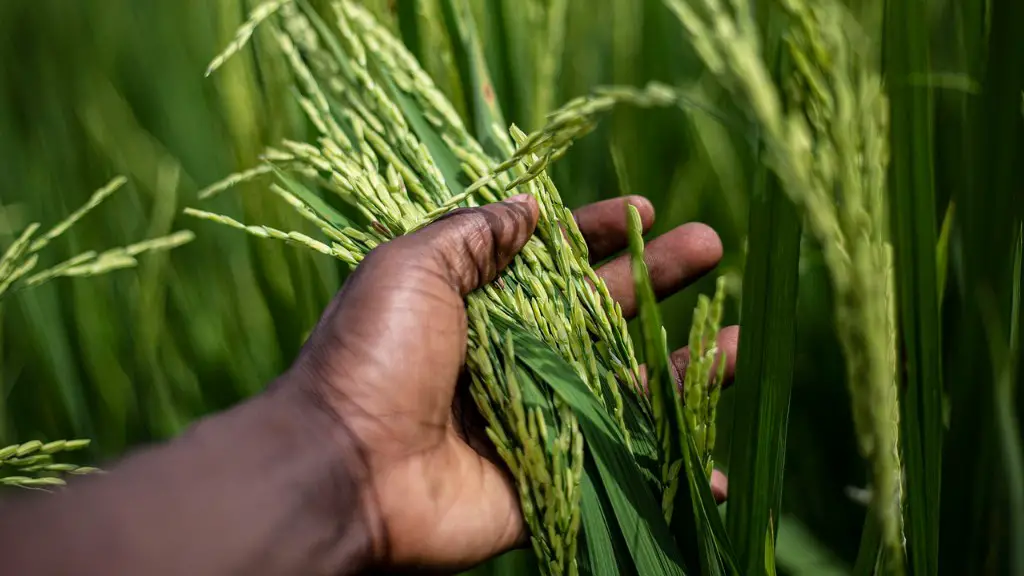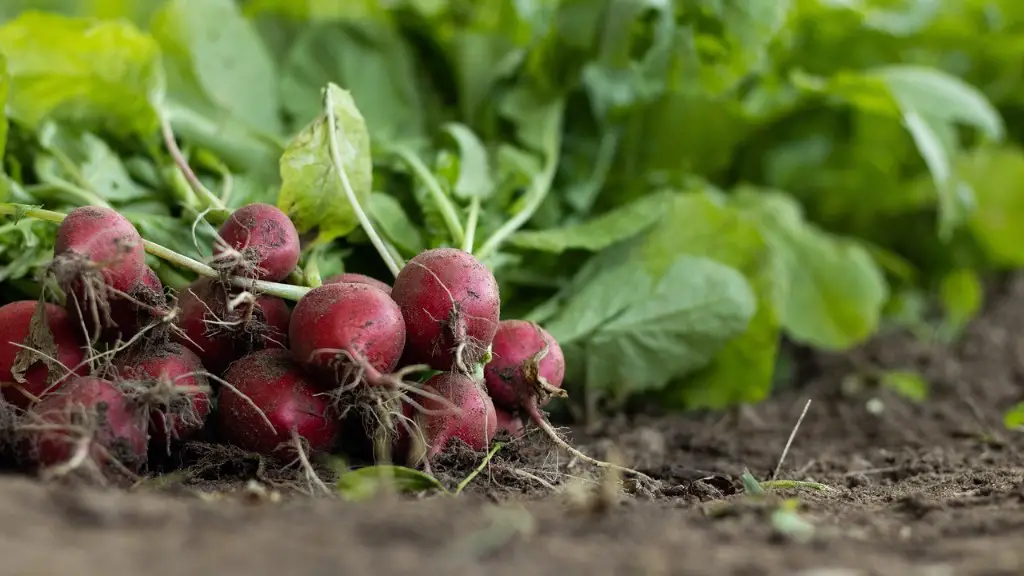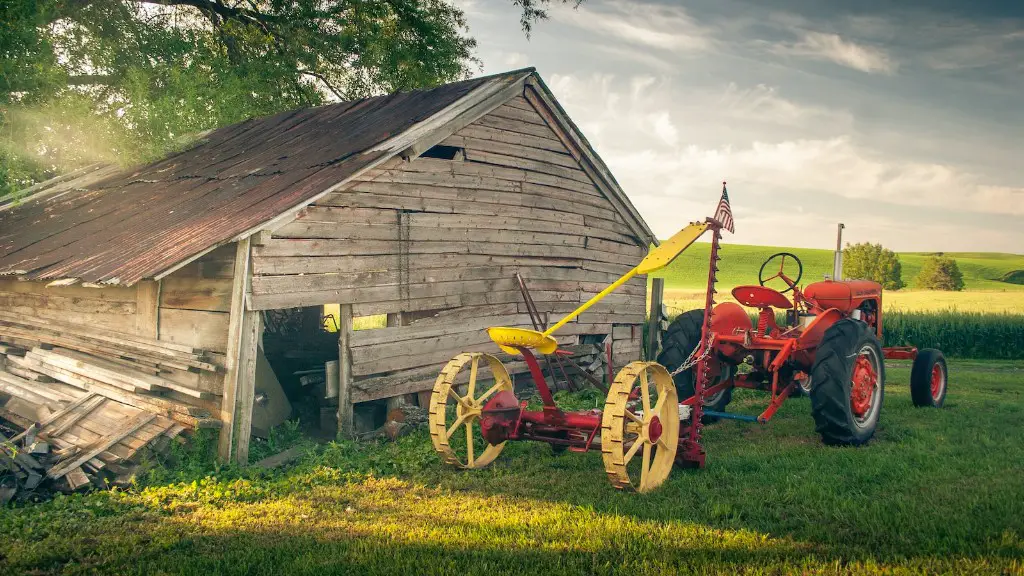Agriculture is a vital component of curriculum in primary schools. It helps to develop children’s understanding of the environment, the importance of food production, and their connectedness to the natural world. Teaching agriculture in primary schools requires an engaging, hands-on approach that captures student’s imaginations. Here are some tips on how to teach agriculture in primary schools:
Firstly, emphasize the importance of students being able to see the link between growing plants and food production. Aim to illustrate the point that food doesn’t magically appear on supermarket shelves, but is first planted, grown and harvested in the fields – an understanding of which can be fostered from an early age.
Secondly, ensure that students have opportunities to get out into the garden and get their hands dirty. Show students how to tend the garden, and let them take ownership of the process by getting them involved in practical activities like sowing, planting and weeding.
Thirdly, make the most of available resources. Whether it’s encouraging students to grow fruit and vegetables in the school garden, or using special computer programs which allow virtual conservation activities, there are lots of teaching methods which can help encourage discussions around agriculture.
Fourthly, get creative with teaching methods. Craft activities such as making scarecrows and beanstalks, or games such as ‘Interspersing’ which require them to make decisions about planting crops can be fun and creative methods for teaching students.
Fifthly, involve local farmers in the educational process. Local farmers are often well placed to provide meaningful, experiential information on how crops are grown, harvested, stored and marketed. Learning from experts is a fantastic resource to have.
Encouraging discussion
Encouraging discussion is one of the key features of teaching agriculture in primary schools. Planting and harvesting crops can be child’s play, but managing the garden also requires ongoing decision-making and problem solving – skills which can be learnt through discussion.
Regular discussion or ‘debate’ sessions in the classroom allows students to critically assess their options when planning what to plant, when to harvest and how to maintain their garden. It also allows them to plan for potential problems like pests and weather.
Questionnaires are also useful for teaching agriculture. Through informal questioning, students can explore the implications of their actions, consider the views of others, and gain greater insight into their impact on the environment.
Finally, ensuring students have access to books, resources and websites which help to foster their understanding and knowledge of the subject can also be incredibly useful. These can provide the opportunity for students to explore a wide range of information related to agriculture.
Nutrition Education
Learning about agriculture and food production can also play a part in teaching students nutrition education. Students can be taught to differentiate between different types of food, and how to balance different types of food in order to create a healthy diet.
During class activities such as visits to the garden, they can identify and discuss various plant species, and how they develop over time. This could also be paired with discussions around where food comes from, and how it ends up on our plates.
Encouraging students to go out into the garden and observe their crops, allows them to see the changes which different foods make during their growth cycle, and can also help them to appreciate the importance of food which is fresh and locally produced.
Demos and tastings of different foods, paired with discussions around where the food was sourced from, and how it was grown or prepared are a great way to engage students and allow them to learn more about the food they’re eating.
Finally, excursions and field trips can be a fantastic way to stimulate learning and allow students to explore outside of the classroom. Introducing students to local farmers, or taking them to visit food production sites such as nurseries or organic farms can help to broaden their understanding of food production.
Broadening student understanding
Introducing additional elements to the teaching of agriculture can help to broaden student understanding of the world around them. Such elements could include topics such as geology, environmental science, botany and zoology.
For example, classes could include talks from ecologists or field trips to local conservation areas, or demonstrations on watersheds, bio-diversity and climate change. Such activities can help to give students an insight into the wider world, and the importance of agricultural processes beyond food production.
Inviting local experts into the classroom to talk about their work or discuss their research can also be a great way to whet student curiosity about particular issues relating to agricultural sciences.
Finally, providing students access to additional activity packs, such as crop rotation simulations or rotation quizzes, can help to deepen their understanding of how agriculture works, and the range of processes involved.
Encouraging sustainability
Teaching agriculture in primary schools can also be an opportunity to introduce lessons around sustainability. These could include topics such as reducing waste, being mindful of energy consumption and recycling vegetable matter.
Engaging students in activities such as seed-planting and composting, can help to give them an appreciation of the resources available to us, and how we can use them efficiently and effectively.
Getting students involved in talks or discussions around environmental issues such as climate change can be a great way to demonstrate the importance of sustainable farming practices, and how those practices can help to ensure our food sources remain safe and healthy.
Presenting computer activities or games which explore sustainable agriculture is also a great way to engage students and show them how sustainability has a direct impact on our communities.
Finally, showing students the wide range of projects available which are designed to help us live in harmony with our environment can serve as great reminders that we need to take care of our planet, if we want to ensure our food supplies remain secure in the long term.
